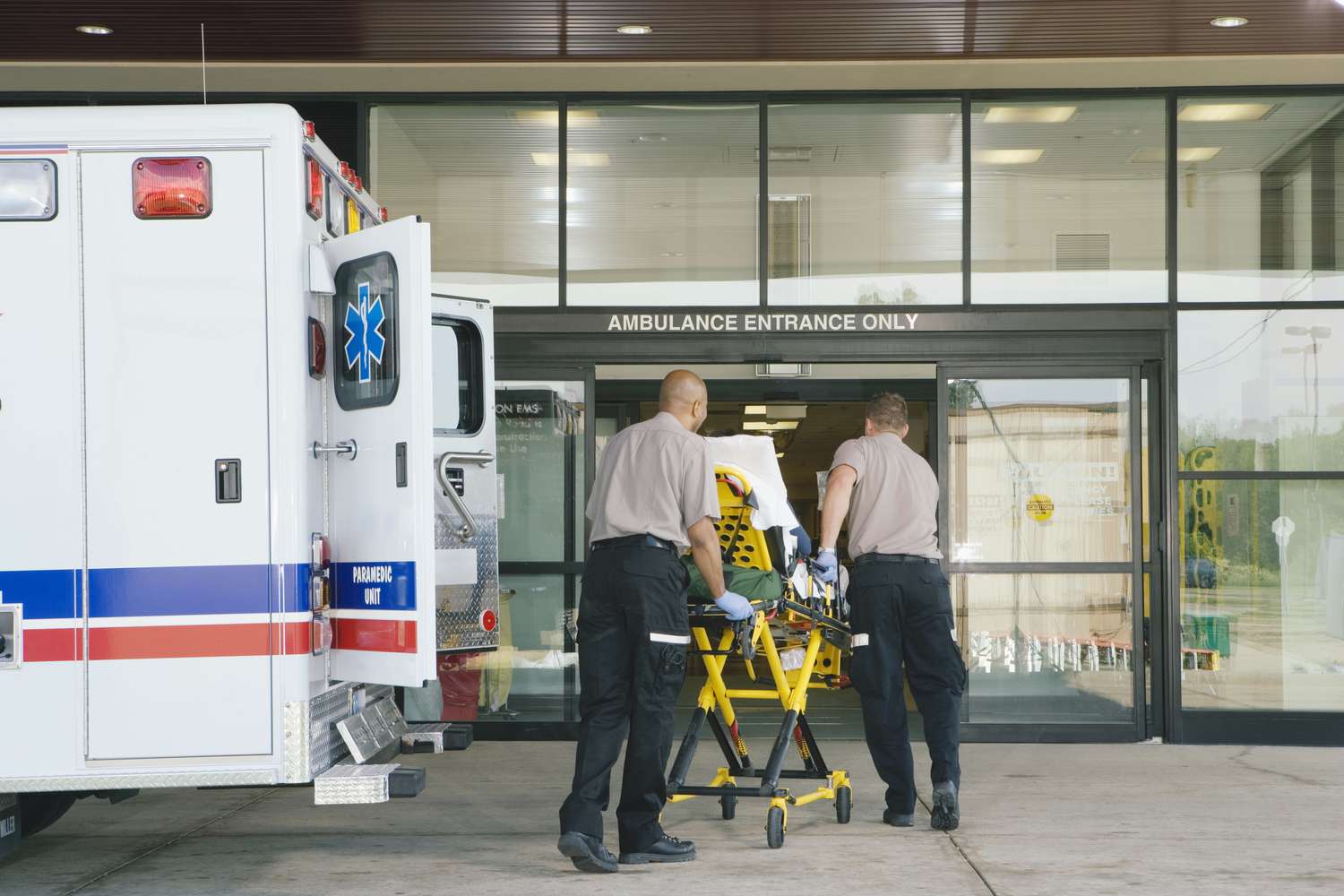Medical Insurance Coverage for Ambulance Charges
June 8, 2024

When it comes to medical emergencies or the need for urgent medical transportation, ambulance services play a vital role in ensuring timely and safe transit to healthcare facilities. However, it’s essential to be aware of the costs associated with ambulance services, as they can vary based on several factors.
Related: Things to Consider Before Choosing a Health Insurance Plans
In-Network Ambulance Services
To make sure you have sufficient coverage for ambulance charges, it’s crucial to choose a health insurance plan that offers in-network ambulance services. In-network services refer to those provided by healthcare providers and facilities that have a contract with your insurance company. By opting for in-network ambulance services, you can significantly reduce your out-of-pocket expenses.
Out-of-Network Ambulance Services
In certain situations, you may require an ambulance service that is out of your insurance network. It could happen when you are traveling or during an emergency when the closest healthcare facility is not in your network. While out-of-network ambulance services can be more expensive, your health insurance plan may still provide coverage for a portion of the charges. It’s crucial to review your policy documents to understand the extent of coverage in such scenarios.
Types of Ambulance Services
Ambulance services can vary in terms of the level of care and transportation they provide. Here are some common types of ambulance services:
Emergency Ambulance Services: These ambulances are equipped to handle critical medical emergencies and are staffed by trained healthcare professionals who can provide immediate medical attention during transit.
Non-Emergency Ambulance Services: Non-emergency ambulances are used for transportation when the patient’s condition doesn’t require immediate medical intervention but still necessitates medical attention during transit. These ambulances are often used for scheduled medical appointments, transfers between healthcare facilities, or transportation for individuals with mobility limitations.
Coverage for Ambulance Charges
When it comes to medical health insurance coverage for ambulance charges, it’s essential to thoroughly review your policy to understand the extent of the benefits provided. Here are some factors to consider:
Coverage Limitations: Your health insurance policy may have limitations on the number of ambulance trips covered within a specific time frame. It’s crucial to be aware of these limitations and plan accordingly.
Deductibles and Co-payments: Like other medical services, ambulance charges may be subject to deductibles and co-payments. These are the amounts you need to pay out of pocket before your insurance coverage kicks in. Familiarize yourself with your policy’s deductible and co-payment requirements to understand your financial obligations.
Preauthorization Requirements: Some health insurance plans may require preauthorization for non-emergency ambulance services. Preauthorization involves obtaining approval from your insurance company before receiving the service. Failure to obtain preauthorization may result in reduced coverage or denial of the claim.
Geographical Limitations: Depending on your health insurance plan, there may be geographical limitations on ambulance coverage. If you frequently travel or live in different regions, it’s essential to choose a plan that provides coverage in those areas.
Making Informed Decisions
To ensure you have comprehensive coverage for ambulance charges, we recommend the following steps:
Review Your Health Insurance Policy: Carefully review your health insurance policy documents to understand the specific coverage provided for ambulance services. Take note of any limitations, deductibles, and co-payment requirements.
Contact Your Insurance Provider: If you have any questions or need clarification regarding ambulance coverage, don’t hesitate to contact your insurance provider’s customer service. They can provide detailed information and address any concerns you may have.
Plan Ahead: If you have a scheduled medical appointment or are aware of the need for non-emergency ambulance services, contact your insurance provider in advance to understand the preauthorization requirements and ensure coverage.
Stay In-Network: Whenever possible, choose in-network ambulance services to minimize your out-of-pocket expenses. If you require an out-of-network ambulance, consult your insurance provider to determine the coverage available.
Conclusion
Comprehensive medical insurance coverage for ambulance charges is a crucial aspect of protecting your financial well-being during medical emergencies. By understanding the nuances of your health insurance policy and making informed decisions, you can ensure that you have the necessary coverage when you need it the most. We are committed to helping you navigate the complexities of health insurance and provide you with the best possible coverage options.
Remember, in times of medical emergencies, your health and well-being should be the top priority. By having the right insurance coverage, you can have peace of mind knowing that you will receive the necessary care without the added burden of excessive ambulance charges.